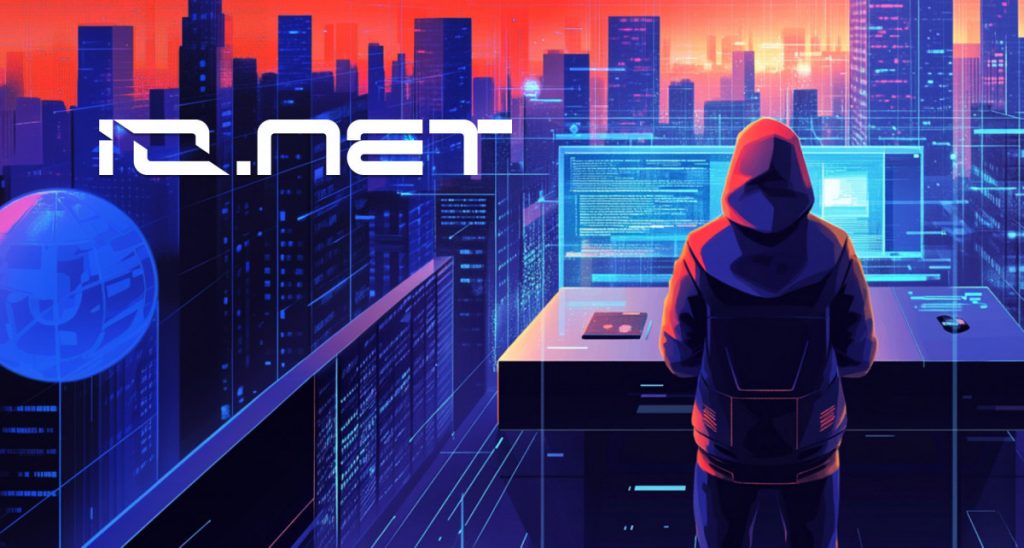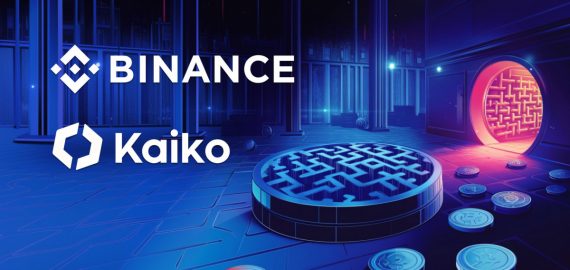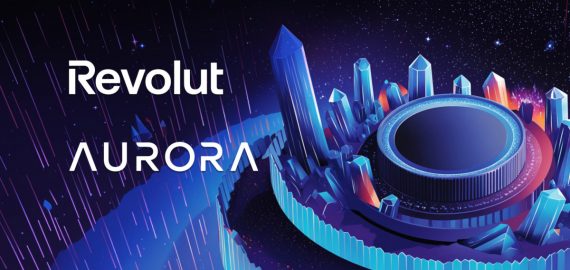How io.net Is Decentralizing AI to Empower Developers


In Brief
io.net is decentralizing AI infrastructure to cut costs, boost access, and empower developers through a community-driven network fueled by transparent incentives.

The way artificial intelligence is created and utilized is changing. Instead of depending on large centralized cloud providers, startups like io.net are creating decentralized solutions that make AI computing more inexpensive and accessible. Gaurav Sharma, CTO of io.net, who has spent years working at large tech firms like Binance and Amazon, says his team is currently driving efforts to establish a decentralized system that will transform how AI resources are used.
Challenging Traditional AI Infrastructure
AI progress nowadays is frequently slowed by the high cost of computer power. Centralized services, such as Amazon Web Services (AWS), dominate the sector, demanding exorbitant fees that are out of reach for smaller businesses and independent developers. According to Gaurav, io.net offers a unique approach that utilizes a decentralized network of hardware supplied by people, organizations, and data centers.
This model considerably reduces expenses. Instead of investing in pricey hardware, companies may use a shared pool of computer resources at a fraction of the cost. This makes AI research and development available for many people who would otherwise be unable to afford it.
Challenges of a Decentralized Model
Decentralizing AI computing entails not just cutting costs but also overcoming technological and logistical hurdles. Gaurav underlined that distributed systems must handle scalability and latency while maintaining consistent performance. In sectors that require real-time processing, decentralized networks must fulfill the same high criteria as traditional suppliers.
Trust is another important component. For a decentralized system to succeed, users must be confident that resources are accessible and operating properly. Gaurav emphasized the need for openness to develop confidence inside the system. io.net solves this by offering precise, real-time information on their network operations. According to Gaurav, a transparent and open system fosters confidence and involvement.
A New Economic Model for AI Development
According to Gaurav, a crucial component of io.net’s strategy is the usage of a native currency, IO Coin, to fuel platform transactions. Unlike standard cloud computing services, which use established pricing methods, this solution offers greater flexibility and direct incentives.
Developers use IO Coin to pay for processing power, while individuals who provide hardware receive tokens in exchange. According to Gaurav, the platform also contains an AI marketplace where developers can design, train, and deploy models while receiving rewards depending on their performance. This structure fosters a more collaborative ecosystem in which contributors are financially incentivized to help advance AI innovation.
Scaling AI with a Community-Driven Network
Instead of using centralized data centers, io.net collects GPU power from consumers, corporations, and other suppliers. According to Gaurav, this decentralized network makes AI computing more accessible while lowering total expenses.
Companies who spend millions renting GPUs from centralized sources can save much. Gaurav emphasized that decreasing computer costs free up funds for recruiting, research, and product development, giving businesses a greater chance of competing in an increasingly AI-driven environment.
Of course, maintaining quality in a decentralized network is essential. io.net actively monitors contributors to ensure that they satisfy performance expectations. According to Gaurav, hardware that has poor uptime or lower standards is removed from the system, ensuring great performance while preserving the flexibility of a decentralized framework.
The Future of AI and Decentralization
Looking ahead, decentralized AI platforms might radically alter how artificial intelligence is developed and implemented. According to Gaurav, instead of relying on a few large cloud providers, developers would have access to a more open and competitive ecosystem.
io.net envisions a future in which AI developers have access to everything they require—computing power, model deployment, and data storage—via a decentralized architecture. Community feedback helps shape how the platform progresses, ensuring that it remains aligned with the demands of its users.
Platforms like io.net provide a look at a different type of AI sector by lowering entrance barriers and offering financial incentives for involvement. Decentralized infrastructure might be an essential part of influencing the future of AI development.
Disclaimer
In line with the Trust Project guidelines, please note that the information provided on this page is not intended to be and should not be interpreted as legal, tax, investment, financial, or any other form of advice. It is important to only invest what you can afford to lose and to seek independent financial advice if you have any doubts. For further information, we suggest referring to the terms and conditions as well as the help and support pages provided by the issuer or advertiser. MetaversePost is committed to accurate, unbiased reporting, but market conditions are subject to change without notice.
About The Author
Victoria is a writer on a variety of technology topics including Web3.0, AI and cryptocurrencies. Her extensive experience allows her to write insightful articles for the wider audience.
More articles

Victoria is a writer on a variety of technology topics including Web3.0, AI and cryptocurrencies. Her extensive experience allows her to write insightful articles for the wider audience.

















































